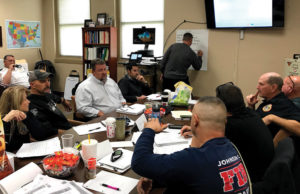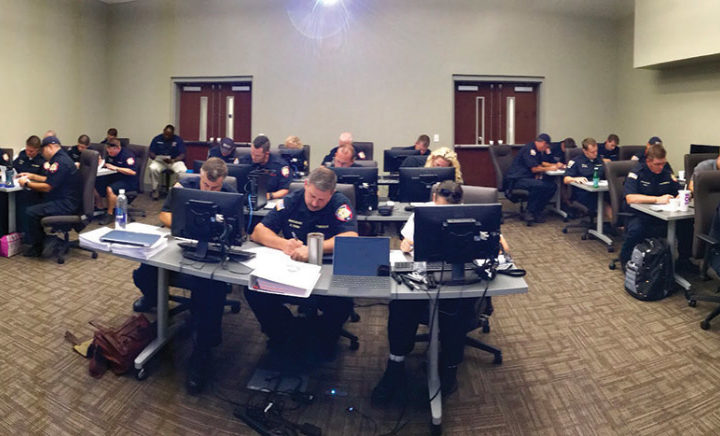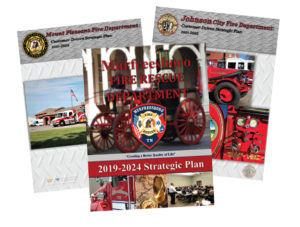By Stephen Cross
Most fire-service leaders feel that their department is meeting customers’ expectations. How do they know for sure? When was the last time, if ever, they asked customers these two questions: “What are your expectations of your fire department?” and “How well are we meeting your expectations?”
Fire department strategic planning is a required component of earning fire department accreditation through the Center for Public Safety Excellence. The UT Municipal Technical Advisory Service (MTAS) developed a customer-driven strategic planning process that provides a framework for MTAS consultants to lead fire departments through planning their department’s ideal future. Utilizing MTAS’s customer-driven strategic planning model will save municipalities across the state tens of thousands of public dollars by not having to hire a consulting firm to lead strategic planning processes or revisions. The fire departments of Johnson City, Mount Pleasant and Murfreesboro have been the first departments to complete this process.

Mark Foulks, Murfreesboro Fire Rescue Department fire chief, said the planning process provided insight into the needs of its customers.
“Much of the feedback obtained was somewhat predictable. However, we did receive some significant surprises, particularly as it relates to the service priorities of our external customers,” Foulks says. “Our citizens clearly communicated to us that emergency medical service delivery was just as, if not more, important to them than fire suppression for our department.”
His team used that feedback to develop goals and objectives for his department to implement.
“The process, developed by MTAS, has been invaluable to our department,” he says.

MTAS fire management consultants customize the process’ components to meet each municipality’s needs and expectations. This customization allows the department to capture its unique information to see the department’s DNA in the plan.
From interviewing the department’s leadership team to internal job satisfaction surveys, the project’s beginning informs the development of the external customer survey. The external survey is taken to the streets through meetings with civic groups, faith-based organizations, shoppers on the street, lunch-and-learn meetings as well as on department websites.
Department teams—with cross sections of rank, seniority and background as well as finance and human resources members—then meet to develop the strategic plan. The work session is part training and part sleeves-rolled-up workshop.

MTAS fire consultants guide participants in individual and group activities to identify their personal and consensus departmental values, vision and mission. The team identifies departmental challenges, opportunities, weaknesses and strengths along with critical issues that could create gaps in service to customers. The team then develops specific, measurable, achievable, relevant and time-bound goals to address each critical issue.
Strategic planning is a continual process. The plan must be communicated to every member of the team. The department must consider its strategic plan a living document, one that is referenced regularly to assist in decision making, budget preparation and capital equipment purchases. It is recommended to thoroughly review and revise the strategic plan annually and repeat the entire strategic planning process every five years.



